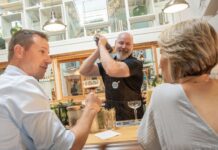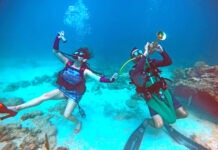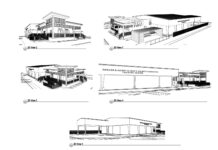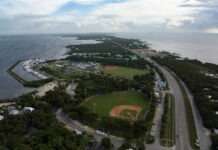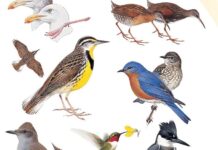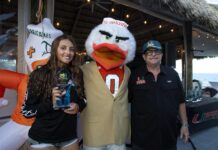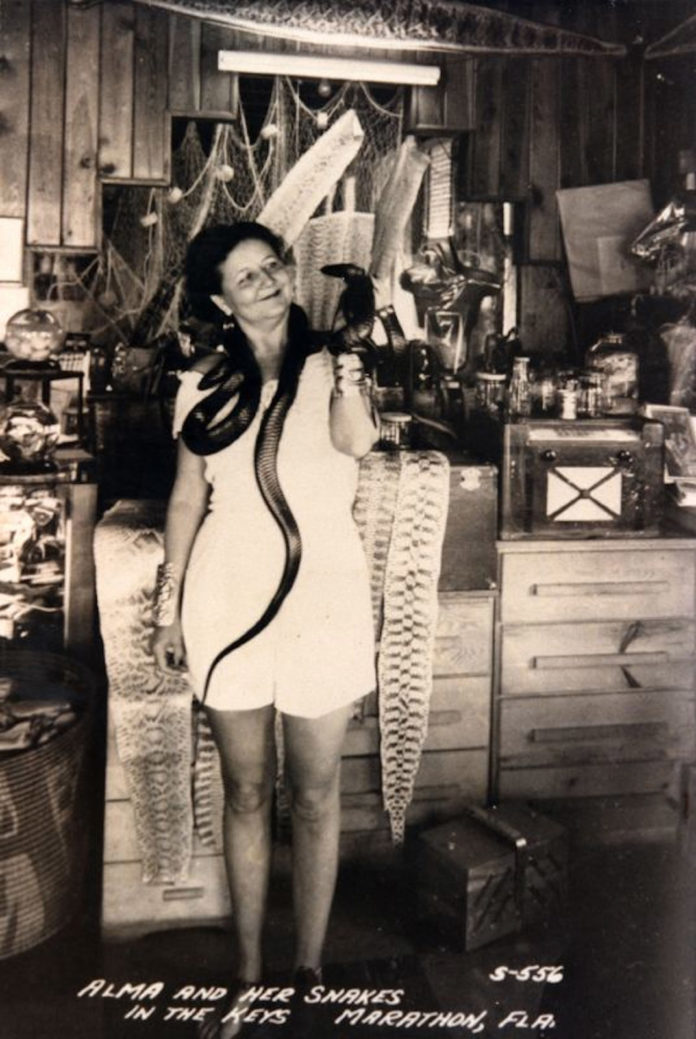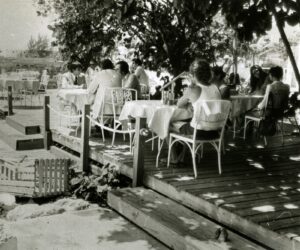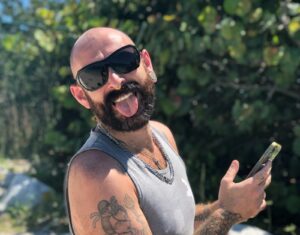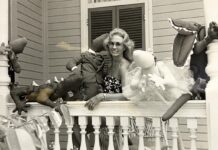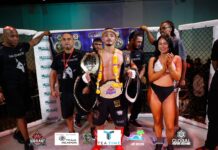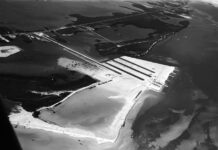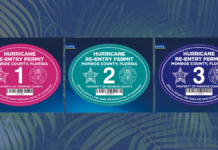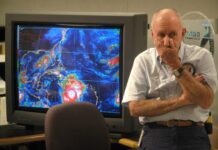Alma Cagle Bishop was born on June 9, 1902, and grew up in what she called the Texas boondocks. She hunted snakes on the Lone Star State’s plains as a little girl.
Before long, Alma was skinning her prey and using the leather to craft handmade belts, wallets and handbags. As word spread about the elegant designs of her hand-sewn wares, people she had never met began showing up at her ranch house to buy snakeskin goods.
When she had saved up enough money, Alma bought a car and a trailer and set off on an adventure that criss-crossed America. Whenever she started running low on cash, she stopped, went out into the woods and caught more snakes. After finding her way to Florida, she bought a house in Fort Myers and began working as a cashier for the local telephone company.
Alma continued to hunt for snakes, skin them and sew their leather into beautiful creations. The hunter in her loved the Everglades, where she would venture out to collect her specimens. She caught hundreds of rattlesnakes for noted herpetologist Ross Allen and his Ross Allen Reptile Institute at Silver Springs. Allen wrestled alligators and milked venom from rattlesnake fangs for curious crowds who stopped at his attraction and learning facility.
Because collecting rattlesnake venom was deemed critically important, Alma was given a government vehicle, a 1941 Dodge “reconnaissance” vehicle, to use to get out into the Everglades and capture the slithery creatures. She would go out into the Florida wilds for a week at a time, sometimes with five or six other snake hunters, but she was always the only female snake handler. In 1951, Alma accompanied Ross Allen to Cuba to film a movie about the island’s wildlife. By 1951, Alma was living in the Florida Keys.
She sold her Fort Myers house on Monroe Street for $3,500 in 1945 and moved to the Keys, where she had traveled on several snake-hunting expeditions. In those days, eastern diamondback rattlesnakes and red rat snakes were still found in abundance. When she sold her house and left Fort Myers, she bought a house trailer, drove down to Marathon, and parked it on Key Vaca, where she quickly became something of a local celebrity – Alma, Marathon’s snake lady.
At about the same time that Alma drove her trailer down the Overseas Highway, Maud and Gilbert Spence arrived on Key Vaca and opened their Flamingo Bar and Restaurant in Marathon. Maud invited Alma to set up a little gift shop at the Flamingo, where she sold snake skins and her hand-sewn wallets, bags and belts. Alma also showed off her pet snakes, an Eastern indigo snake (North America’s largest snake) and a boa constrictor, both famously photographed while draped in Ss across her shoulders.
However, the star of her shop was also the namesake of the little place she named Freddie’s Gift Shop. Freddie was a pet marmoset given to Alma as a gift. The tiny member of the monkey family weighed all of five ounces and proved so popular with people who came to browse through her snakeskin products that she named the shop after him. The shop, and Alma the snake lady, became something of a roadside attraction. Her leathers garnered enough attention to attract clients from as far away as Hollywood, California.
Alma listed her government-issued 1941 Dodge reconnaissance vehicle in the classified section of The Miami News for $1,000 in 1948. She still went snake hunting in the subtropical hammocks of the Keys when she could and did not require the Dodge to do that. When she could no longer go out into the bush and find local snakes, she traveled to South America on buying trips to purchase exotic snake skins to stitch into her leather creations. She sold her goods at Freddie’s but also from barstools at some of the local watering holes.
There are other parts of her life that are generally commented upon when people write about Marathon’s snake lady – how many lovers she may or may not have had, or how one time she allegedly rode her horse up to a bar in Key West – but those are not the things that made Alma such a badass. In the 1940s and 1950s, she was stomping around in the Florida wilds side-by- side with a bunch of men, out catching hundreds of rattlesnakes because the government needed the venom to produce anti-venom. Today, rattlesnakes are still milked of their venom in the name of medical research.
Alma Cagle Bishop once said about the Florida Keys, “It is the nearest thing to heaven I know.” It is good to know she felt that way because Alma, the snake lady, spent the rest of her life on Key Vaca. Alma Cagle Bishop died on Aug. 31, 1975, after she was hit by a car while walking across the Overseas Highway in Marathon the night before. She is buried on Big Pine Key at the Memorial Gardens Cemetery.
